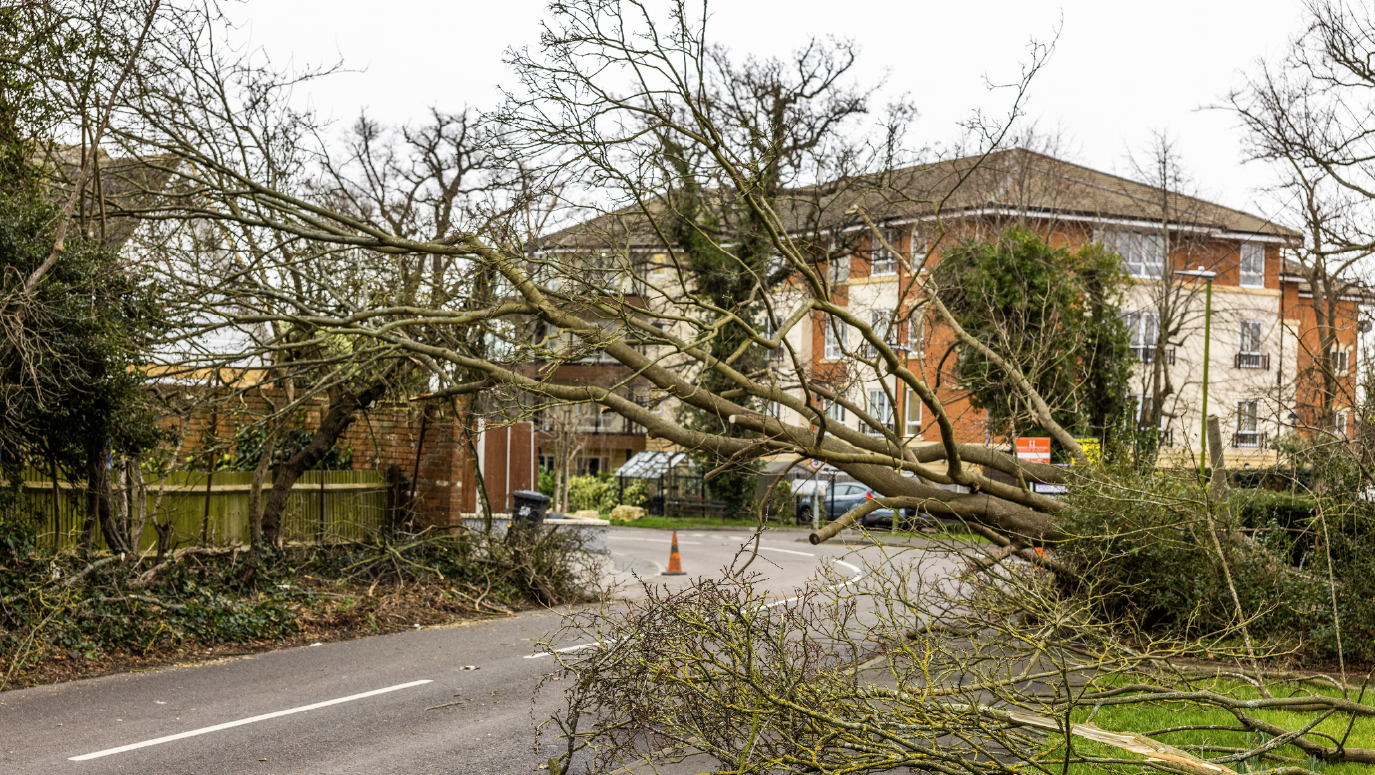Not sure what a stopcock is? Join the club. Take a look at our stopcock video, Stopcocks Uncovered, to find out all you need to know:
Still confused? Read on to become stopcock smart.
Your stopcock is the control tap for your mains water. If you’re unfortunate enough to have a burst pipe or broken tap, you’ll need to find your stopcock sharpish. If you don’t, your home could be badly damaged before the plumber arrives.
Generally speaking, most homes have an internal stopcock and an external stopcock.
External stopcock
The external valve controls the flow from the water main that serves your street to the supply pipe into your house.
If your supply pipe leaks or ruptures, the external stopcock will need shutting off to allow for repairs and to stop masses of water soaking the floor.
Internal stopcock
Your internal stopcock turns off the water from the supply pipe as it enters your property. This will shut off all the water in your property, meaning repairs can be made to pipes or disasters can be averted.
So now you know what a stopcock is, the next step is to find it.
What does a stopcock look like?
A stopcock looks like a tap, but without an outlet spout. It will be between two lengths of pipe, acting as a connector. This allows the stopcock to block the flow of water when it’s closed off.

Where's my stopcock?
It’s all very well knowing what a stopcock is, but if you can’t find it, it’s not much use to you. Asking your plumber down the phone while your ankles are being soaked from a burst pipe in your home isn’t ideal.
You need to know where it is so you can shut off your water quickly and limit the damage before a professional has a proper look at the problem.
Remember, you probably have two stopcocks: one inside the property and one outside.
Your external water mains stopcock will most likely be located on the street, just outside the boundary of your property. However, some properties will have the mains stopcock within the boundaries, often in the front or back garden areas.
In either case, it should be marked clearly by a metal cover, usually with the word ‘water’, ‘stopcock’ or a simple ‘W’ stamped on the surface.
Internal stopcocks can be a lot harder to locate, especially in older properties. In fact, some people find their stopcock in some truly bizarre places, as they often get moved or built around when houses are remodelled or renovated.
Here’s a list of the most common places to find a water stopcock:
- Under the kitchen sink
- In the bathroom
- Cupboard under the stairs
- By the gas meter
- In a utility room
- In a cellar
- In a cupboard - this can be common for flats. Stopcocks can also sometimes be in communal corridors with stopcocks for other flats
If you can’t locate your stopcock, it can be worth asking your neighbour where theirs is, especially if you live in an older terraced house or flat. They will often be in similar places. In old properties, it may be located under the floorboards near the front door, which is inconvenient to say the least.
When you do find it, make sure to test if it’s working. Stopcocks can seize up if left in one position for a long time and you don’t want to be unable to shut it off in an emergency. To test that your stopcock is working, try twisting the tap either way. Once you’ve shut the stopcock, test your water flow. Just make sure to reopen your valve afterwards so you aren’t left without water.
Quite often, a stiff stopcock can be loosened with some WD40 or similar lubricant. Just be careful not to force the valve too hard. If you’re in doubt, get a plumber to sort it out.
Know where your stopcock is so you can shut off the water quickly and limit the damage before a professional has a proper look at the problem
How to turn your water off
As long as your stopcock is working properly and you know where it is, turning your water off shouldn’t be too difficult.
To turn off your external stopcock, you’re probably going to need a stopcock key. This is a long metal tool that has a T-bar handle at one end and a special fitting at the other, which fits around the stopcock valve.
Insert the stopcock key into the shaft and slip the end onto the valve. Then, turn the key clockwise until the water flow stops. Mains stopcocks can be stiff, so it may require a bit of force to get it turning.
If the T-bar handle is across the pipe, this should mean the mains are shut. If it’s in line with the pipe, the mains should be open.
Turning off the water with your internal stopcock can often be done by hand, but you may need a set of pliers to fully close it or get it moving if it’s stiff. It’s the same procedure as the external stopcock: turn the tap handle clockwise until the water stops. When you’re ready to turn it on again, turn it back anti-clockwise.
Knowing where your stopcock is, and how to turn it on and off, could save your home from extensive damage if you get a serious leak. Plus, if you ever want to try your hand at DIY plumbing work, like changing a worn washer on a tap, you’ll want to shut your water supply off.
If you have a leak, turn off the water as fast as possible and call in an emergency plumber to fix the problem.




